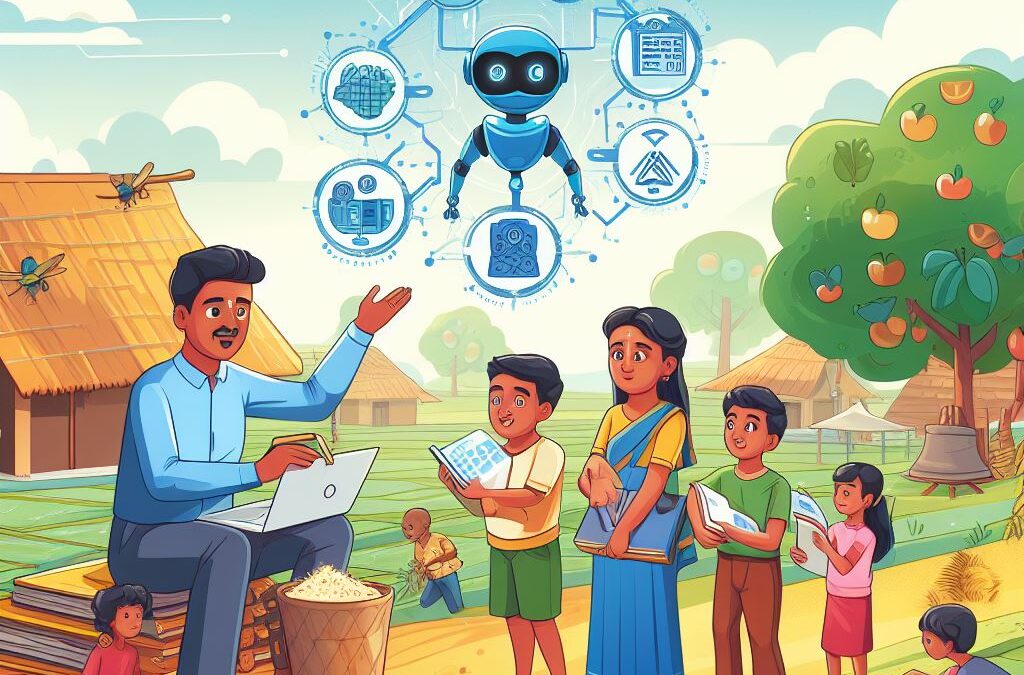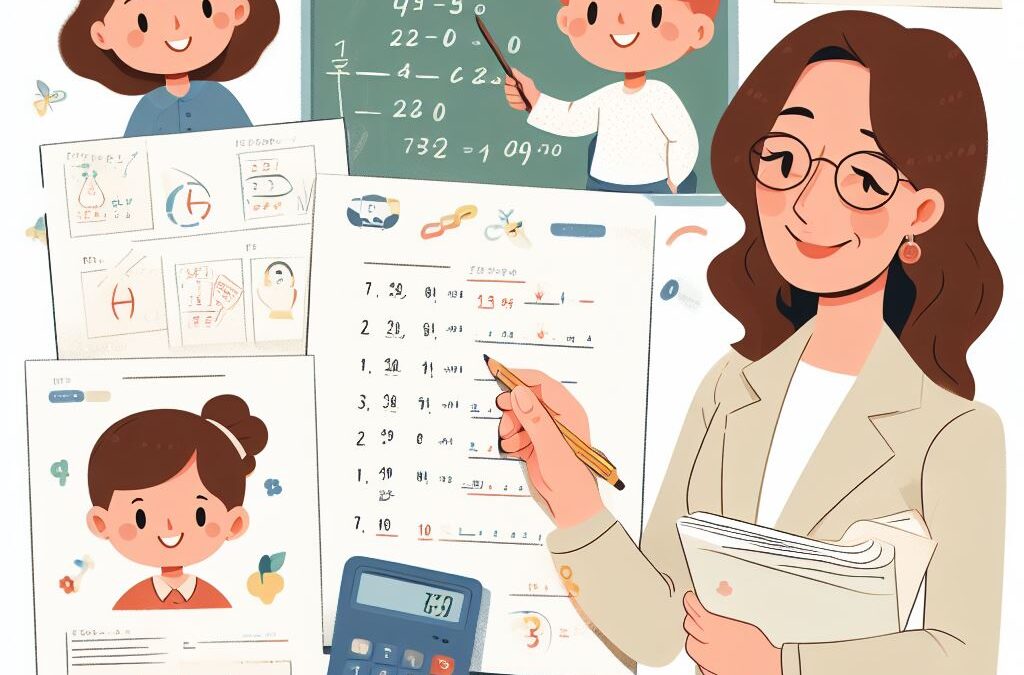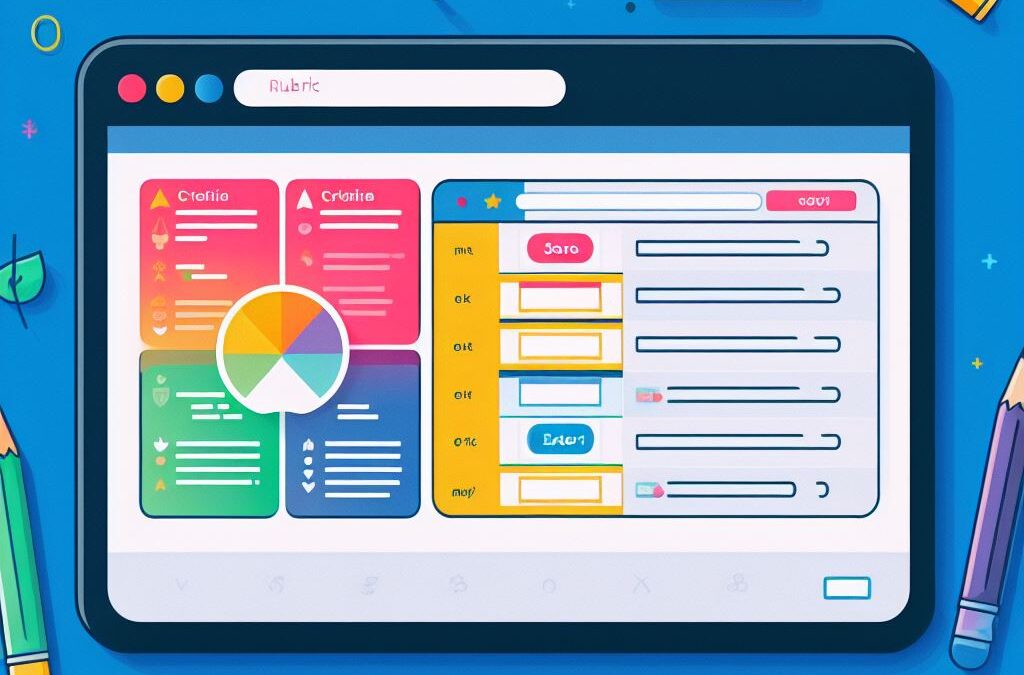
AI Solutions for Rural Education Challenges
AI Solutions for Rural Education
AI Solutions for Rural Education promises a Transformative shift in education. Education stands not just as a gateway to knowledge but as a means for societal emancipation and holistic growth. The transformative National Education Policy 2020 heralded a shift in educational paradigms, aiming for a more personalized learning experience. However, critical issues persist, particularly in rural India, such as underdeveloped regions surrounding Alwar and Gurugram districts in Rajasthan and Haryana. Source: Blog
Gaps in Rural Education: Addressing the Fundamental Challenges
1. Lack of Quality and Affordability of Education: AI Solutions for Rural Education
Three-quarters of stakeholders echoed concerns about the inadequacy of quality education in both government and private schools. The core of ‘quality education’ comprises a teacher’s dedicated effort, varied teaching techniques, and the fostering of robust teacher-student relationships.
Generative AI’s Role: Tools powered by generative AI can aid in creating adaptive learning methods, personalized to each student’s learning pace and style, ensuring a more engaging educational experience.
2. Gender Disparity and Outcome-Oriented Approach:
Parents tend to invest more in children showing strong dedication and enthusiasm for higher studies, resulting in a noticeable disparity in female student enrollment. The pursuit of education often seems more of a choice than a necessity for many parents.
Generative AI’s Role: AI-powered tools can assist in developing personalized modules addressing diverse learning interests, engaging both genders equally in educational pursuits.
3. Teachers’ Shortage and Disability Inclusion:
Rural India faces a dire shortage of over 10 lakh teachers, particularly impacting government schools. Additionally, children with disabilities face systemic discrimination and a lack of inclusive learning environments.
Generative AI’s Role: AI-tutors and learning platforms can supplement teachers, providing personalized assistance and adapting to different learning needs, ensuring a more inclusive educational experience.
Strategies for Effective Initiatives: Fostering Comprehensive AI Solutions for Rural Education
1.Community Engagement: Direct engagement between teachers and parents has proven vital for ensuring sustained educational initiatives. Empowering communities by involving them in the educational ecosystem offers a path to safeguarding school infrastructure and promoting inclusivity.
2.Infrastructural Development and Experiential Learning: Developing adaptive, disability-inclusive tools like BALA is pivotal in facilitating enhanced learning environments. STEM and life skill-based educational models are crucial for nurturing critical thinking and motivation among students.
Generative AI’s Role: AI-powered tools contribute to adaptive and inclusive educational aids, ensuring a broader, more engaging learning experience.
3.Capacity Building and Vocational Training: Enhancing teacher capabilities with innovative tools and aligning them with digital resources is essential. Including vocational skills in curriculums enables students to be job-ready post-education.
Generative AI’s Role: AI-powered educational systems can complement teachers, providing personalized assistance and adapting to diverse learning needs, ensuring a more inclusive educational experience.
Transforming Education: The Role of Generative AI
Generative AI systems, such as Maya, offer personalized and adaptive learning experiences. By tailoring educational content and providing individualized assistance, these AI platforms can bridge educational divides, promoting inclusivity and creating a more engaging learning environment for students, especially in rural areas.
Rural education in India faces numerous challenges, but the integration of generative AI promises a brighter future by ensuring personalized, adaptive, and inclusive learning experiences, fostering a more holistic approach to education. If effectively harnessed, these AI-powered educational tools could significantly contribute to the development and transformation of rural education in India.









Recent Comments